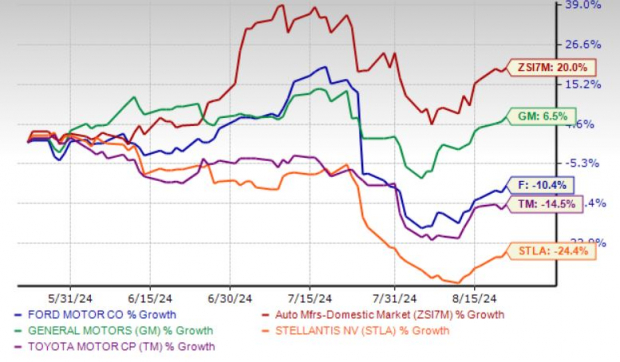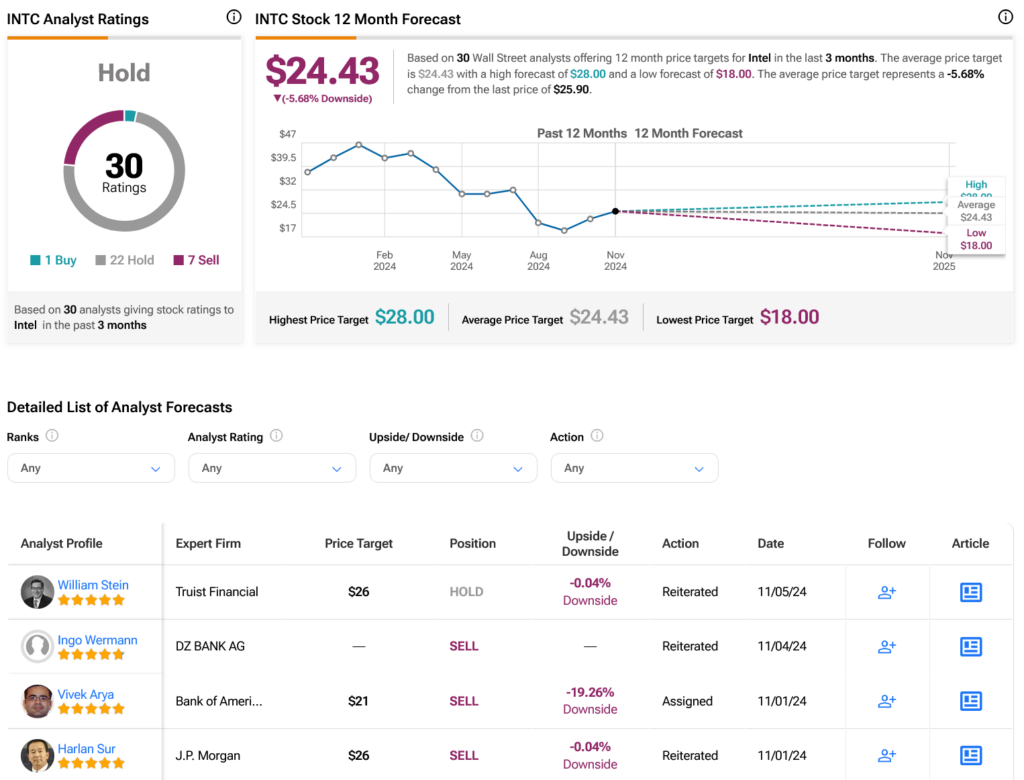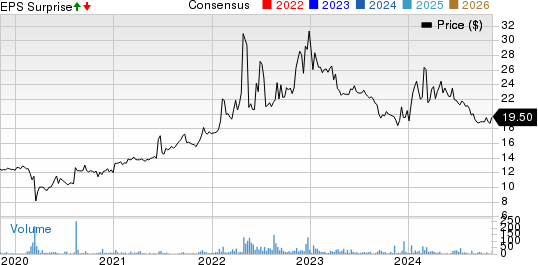Ford (F) has recently unveiled a strategic pivot in its electric vehicle (EV) roadmap, responding to challenging market conditions marked by slower-than-expected EV adoption and pricing pressure in the automotive industry. Facing intensified competition and the intricacies of achieving EV profitability, Ford has initiated significant changes to drive sustainable growth and enhance competitiveness. This article delves into Ford’s revised EV strategy and provides insights for investors navigating the current landscape.
Revised EV Approach by Ford
Ford has opted to postpone the debut of its upcoming all-electric pickup truck, codenamed “Project T3,” at its newly established Tennessee facility from 2025 to the latter half of 2027.
Furthermore, Ford has opted to abandon its three-row electric SUV plans, incurring a $400 million non-cash impairment charge with potential additional expenses amounting to $1.5 billion. Instead, the company is shifting focus towards hybrid models, anticipating higher profitability and better alignment with prevailing consumer preferences. Ford has indicated a reduction in capital expenditure on EVs, assigning only 30% of its yearly capital budget to EV development compared to the prior 40% allocation.
Despite these adjustments, Ford remains committed to its EV aspirations. The company intends to launch a new commercial electric van in 2026 and introduce two new pickup trucks in 2027. Moreover, Ford is still on track to commence battery cell production at its Tennessee plant in 2025, a critical milestone in securing its future EV supply chain.
Crucial Considerations for Ford Investors
In the short term, Ford is anticipated to encounter challenges, particularly within its Model e division. The company recorded a $2.46 billion loss on EV operations in the first half of 2024 and is projected to incur a full-year loss ranging between $5 billion and $5.5 billion. These financial setbacks, attributed to pricing pressures and escalated investments in next-generation EV technologies, pose a significant hurdle to Ford’s overall financial performance.
Additionally, Ford has observed an upsurge in warranty and recall expenses, hitting $2.3 billion in the second quarter of 2024. While Ford is actively enhancing the quality of its newer vehicle models, elevated warranty costs are expected to persist for the next 12 to 18 months, further burdening the company’s bottom line.
Over the past week, the Zacks Consensus Estimate for Ford’s 2024 earnings per share (EPS) has declined by 2 cents to $1.88, indicating a 6.5% year-over-year decrease.
Despite prevailing obstacles, Ford’s long-term outlook appears promising. The Ford Pro segment, focusing on commercial vehicles, is poised to be a key growth driver. The company has revised its earnings before interest and taxes (EBIT) projection for this unit from $8-$9 billion to $9-$10 billion, supported by robust order backlogs, increasing demand, and the successful launch of the all-new Super Duty vehicle. Ford’s emphasis on software technology and services is anticipated to significantly contribute to its future expansion.
Ford’s diverse product portfolio, encompassing popular models such as the F-series trucks, Maverick pickup, and SUV offerings like the Escape, Explorer, and Expedition, continues to resonate with consumers. Additionally, its battery-electric vehicles like the Mustang Mach-E, E-Transit, and F-150 Lightning are gaining traction in the market.
The company boasts a robust balance sheet, featuring approximately $45 billion in liquidity, and an impressive annual dividend yield exceeding 5%.
Inclusion of Ford in Investment Watchlists
While Ford’s stock has witnessed a decline of approximately 10% over the past three months, underperforming its industry peers and notably General Motors (GM), it compares favorably with other major players like Stellantis (STLA) and Toyota (TM).
Comparison in Price Performances Over 3 Months
 Image Source: Zacks Investment Research
Image Source: Zacks Investment Research
From a valuation perspective, Ford currently presents an attractive proposition. With a forward earnings multiple of 5.57, Ford’s valuation is lower than both the industry average and its own five-year historical average. Ford carries a Value Score of A.
 Image Source: Zacks Investment Research
Image Source: Zacks Investment Research
The Zacks average price target for Ford stands at $13.62 per share, indicating a potential upside of almost 26% from current levels.

Image Source: Zacks Investment Research
Though Ford is poised to encounter near-term hurdles, particularly within its EV segment, the company’s sturdy fundamentals position it well for long-term expansion. Investors are advised to monitor Ford’s progress in mitigating warranty costs and achieving profitability in its EV unit. With a compelling dividend yield, an appealing valuation, and promising developments in the Ford Pro division, Ford emerges as a stock deserving a spot on investors’ watchlists.
Ford’s current Zacks Rank is #3 (Hold).



